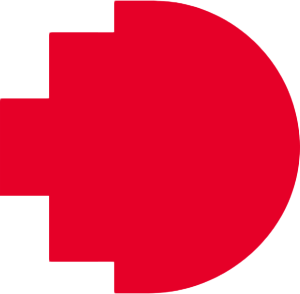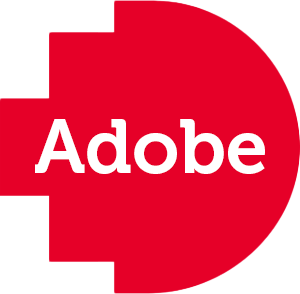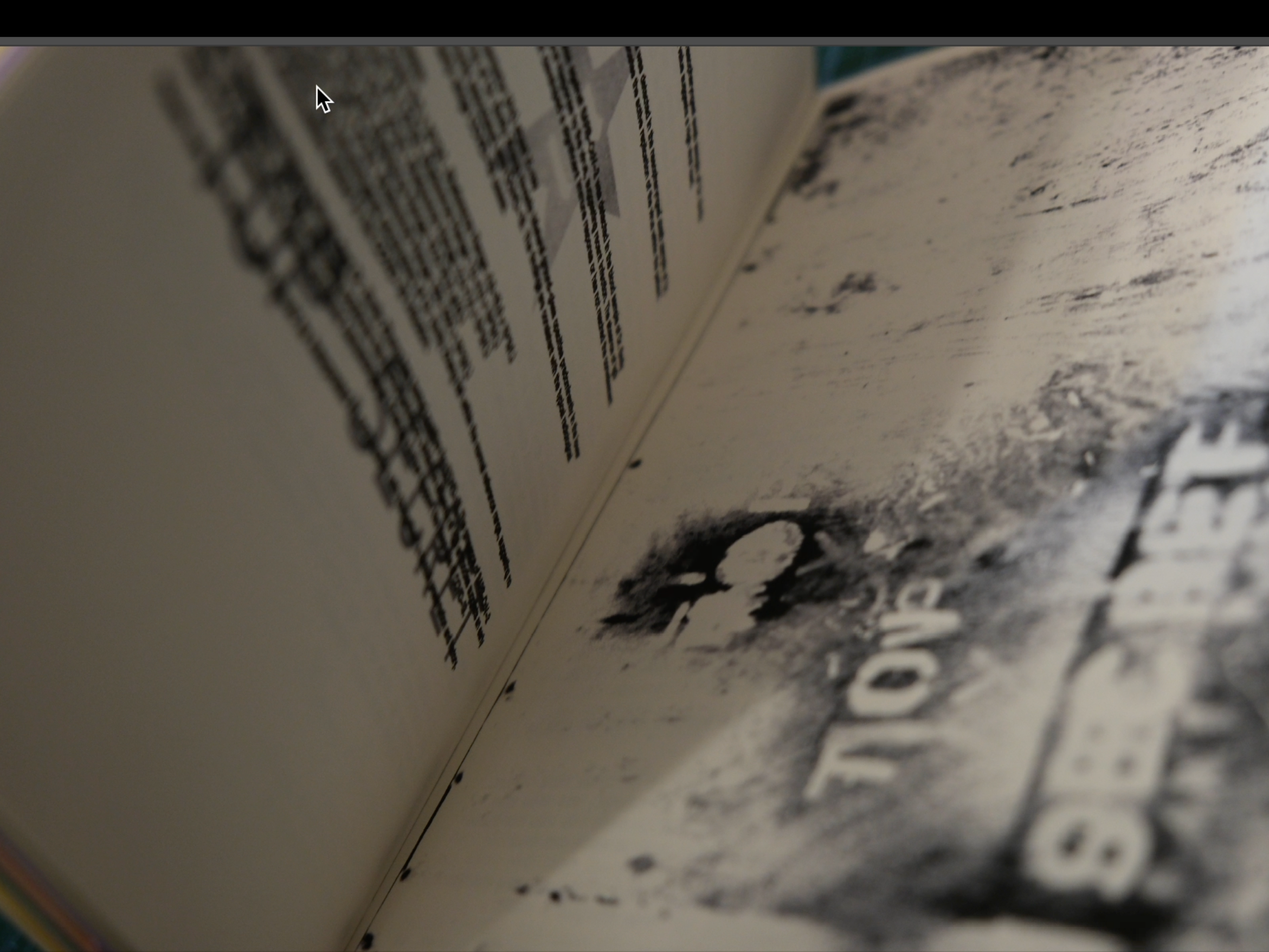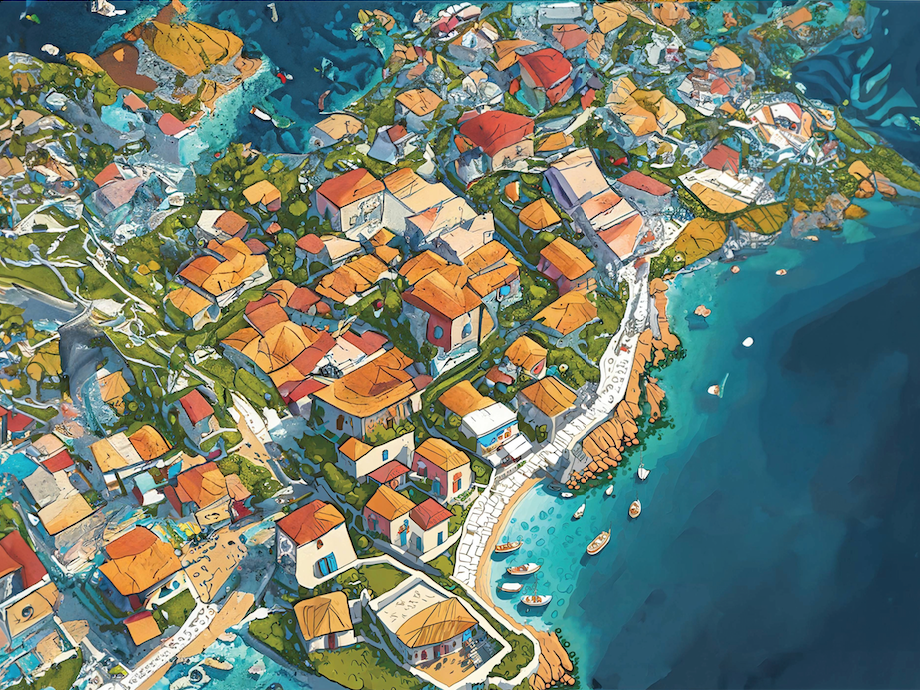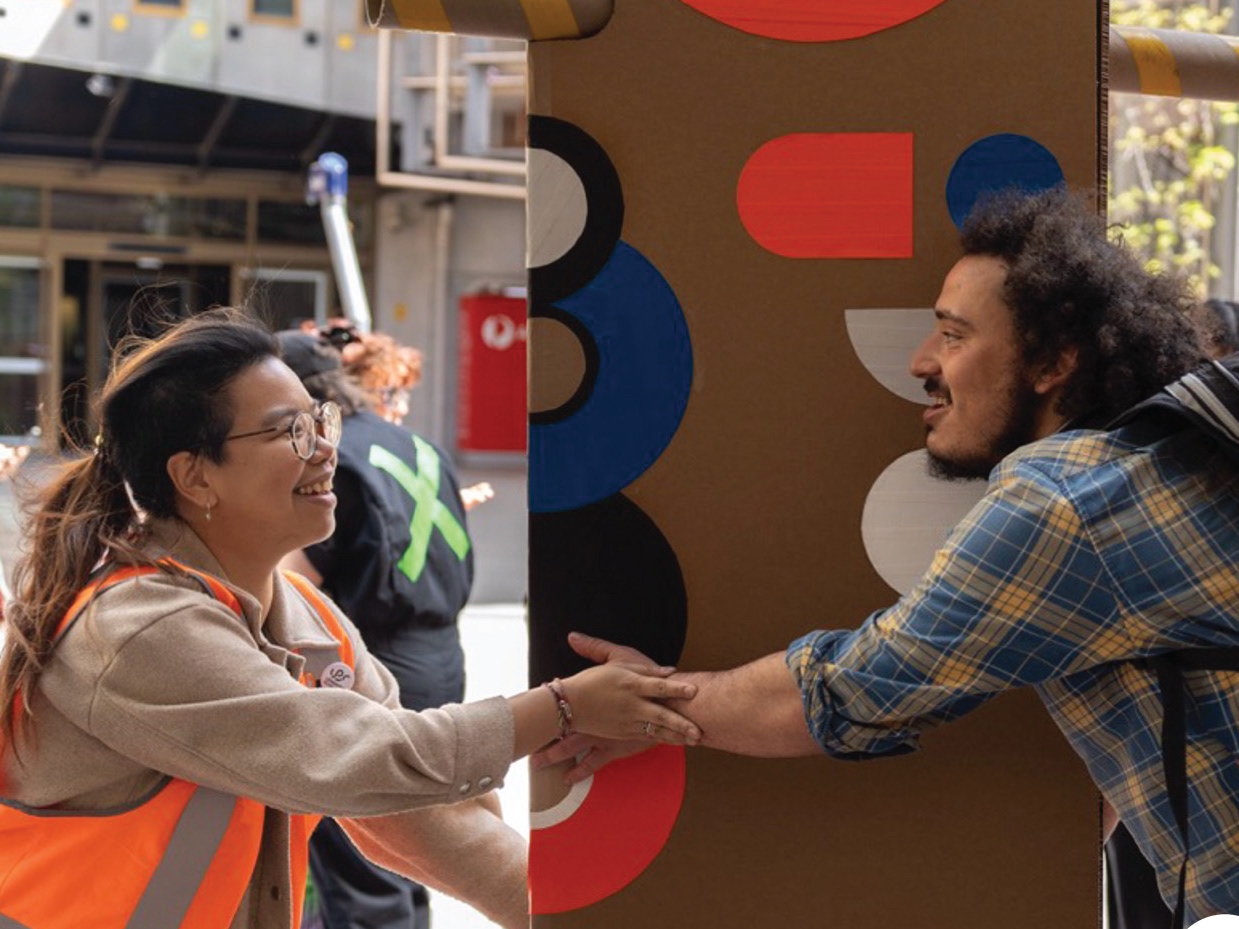Construction
Interactive Pedagogy for Built Environments
New approaches to learning research methods
Ruwini Edirisinghe
Senior Lecturer, School of Property, Construction and Project Management
Senior Lecturer, School of Property, Construction and Project Management
Stephen Gaunson
Ass, Professor, School of Media & Communication
Ass, Professor, School of Media & Communication
James Harland
Professor, STEMM Digital Innovation Cent -Learning, Teaching and Quality
Professor, STEMM Digital Innovation Cent -Learning, Teaching and Quality
Bimali Rathnayake
PhD Candidate and Research Assistant
PhD Candidate and Research Assistant
This project enhances student engagement in research-intensive subjects within built environment disciplines. Utilising Adobe Aero and Adobe Express, students experience immersive and interactive learning that enhances their understanding of key research methodologies, literature reviews, and thematic analysis.
Resources
> Teacher resource
> Assessment item
> Student instructions
> Criteria sheet / marking rubric
Problem Statement
Developing effective pedagogy for research-intensive courses in practice-based disciplines is challenging. Real-world applications embedded in curricula can significantly enhance industry-relevant, student-centered learning and engagement. Built environment education requires a paradigm shift to integrate digital innovation, particularly through interactive and immersive classroom learning experiences in teaching approaches and assessments. This project addresses this need by introducing innovative interactive pedagogy to transform how research methods are taught in built environment disciplines.
Project Overview
This project has two main objectives:
> To develop an interactive, real-world, use-case-based learning component for built environment disciplines
> To integrate a student assessment component focused on the significance and impact of their chosen research topics.
Using Adobe Aero, an interactive module will be created to teach research significance and impact through augmented reality (AR) and virtual reality (VR). Case studies from the built environment will be used to develop this module. The outcome would be a mobile application that will introduce students to the literature review and thematic analysis using scientific research articles.
The L&T AR mobile app makes it easier for students to dive into research articles, ensuring interactive, immersive learning experiences. With it, users can scan a QR code linked to a research article and get a quick video summary without reading everything. There is an entertaining feature where users can engage in an interactive AR game related to research topics by sorting them into the correct research categories. Flutter is used to build the app, which helps to create apps that work on Android and iOS devices. For the AR gaming part, a plugin called AR Flutter is used. These tools help us make the app user-friendly and exciting for students to explore research articles.
At the end of the module, students will apply their learning by visualising the significance and impact of the research using Adobe Express - Animate from Audio tool. This project demonstrates the potential of digital innovation to enhance teaching and learning in research methods, providing a model that can be adapted for similar courses in other disciplines. The outcomes will contribute to innovative teaching approaches and assessment methods.
Pedagogy Framework
The pedagogy behind this course is grounded in constructivist learning theory and experiential learning (David K., 1984), which emphasises active student engagement through immersive, interactive technologies. The aim is to shift from traditional didactic teaching to student-centered, task-based learning, where students actively construct knowledge through real-world applications, reflecting on their experiences.
Concrete Experience:
This stage is where students actively engage with hands-on tasks, which, in this case, include using Adobe Express Animate from audio to create videos and the L&T AR App for thematic analysis. By interacting with these tools, students immerse themselves in practical, real-world applications of research methods
Reflective Observation:
After experiencing the activity, students move into reflection. Here, they analyse the experience of using the AR/VR tools, considering what they’ve learned and how effectively the digital tools allowed them to engage with research topics. In the context of this course, students might reflect on how the visual representation of literature themes helped them better understand the connections between research topics or identify gaps in their thematic analysis.
Abstract Conceptualisation:
In this stage, learners conceptualise the knowledge they have gained. They begin to form theories or principles based on their experience, synthesising the practical application of thematic analysis with their theoretical understanding of research methodologies.
Active Experimentation:
Finally, students test their new knowledge by applying what they’ve learned to new situations. In this course, this could involve students applying the themes identified through their manual and digital thematic analysis to complete their Assessment 2: Literature Review. They use the insights gained from working with digital tools and thematic analysis to enhance their literature review, incorporating real-world application and creativity into their final submission.
Kolb, David. (1984). Experiential Learning: Experience As the Source Of Learning And Development.
Digital Capability Building
This project directly supports digital literacy by integrating advanced digital tools and platforms into the learning process. Students engage with Adobe Aero to create immersive AR and VR experiences, enhancing their technical literacy and understanding of digital applications in research. The project also utilises Adobe Express for students to visualise and present their research significance, fostering skills in digital communication and presentation.
By embedding these technologies into the curriculum, students develop critical digital skills and fluency, preparing them for modern industry demands. The use of interactive modules and digital assessments ensures that students not only consume digital content but also create and manipulate digital artifacts, thereby enhancing their overall digital literacy and capability building. This approach demonstrates a practical application of digital tools in education, equipping students with the necessary competencies for the digital age.
Key Learnings
One key learning from this project is the significant positive impact of integrating interactive digital tools on student engagement and learning outcomes. Students responded enthusiastically to the immersive experiences provided by AR and VR technologies, indicating a strong preference for such innovative methods over traditional teaching approaches.
However, a challenge encountered was the initial technical learning curve associated with the advanced digital tools. Future iterations could benefit from a more structured introduction and training phase for both students and educators to ensure smoother adoption.
Another important insight is the necessity of continuous feedback and iteration. Regularly collecting student feedback allowed for real-time module adjustments, enhancing their effectiveness. Building on this, future projects should incorporate more iterative design processes and flexible module structures to adapt to diverse student needs and technological advancements. These learnings underscore the value of embracing digital innovation while maintaining adaptability and responsiveness in educational practice.
